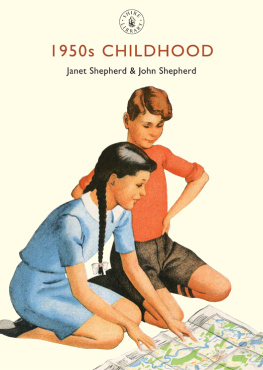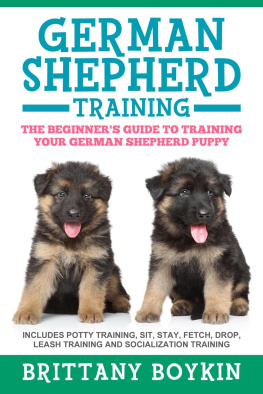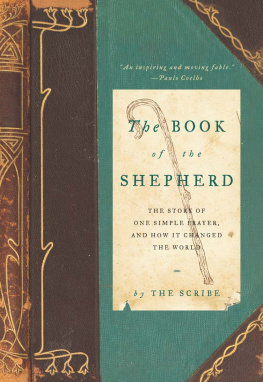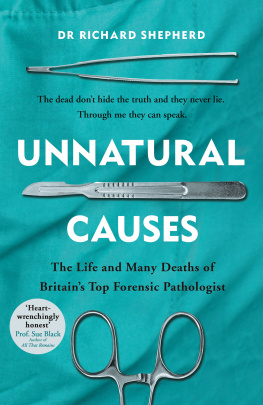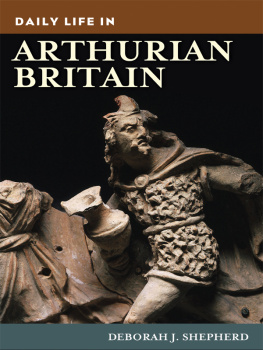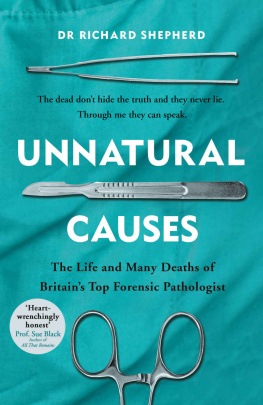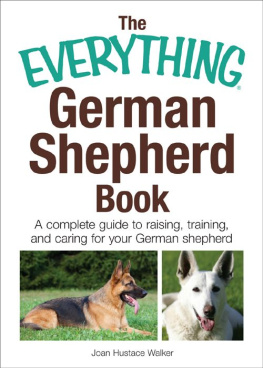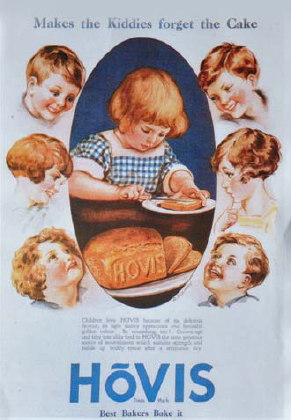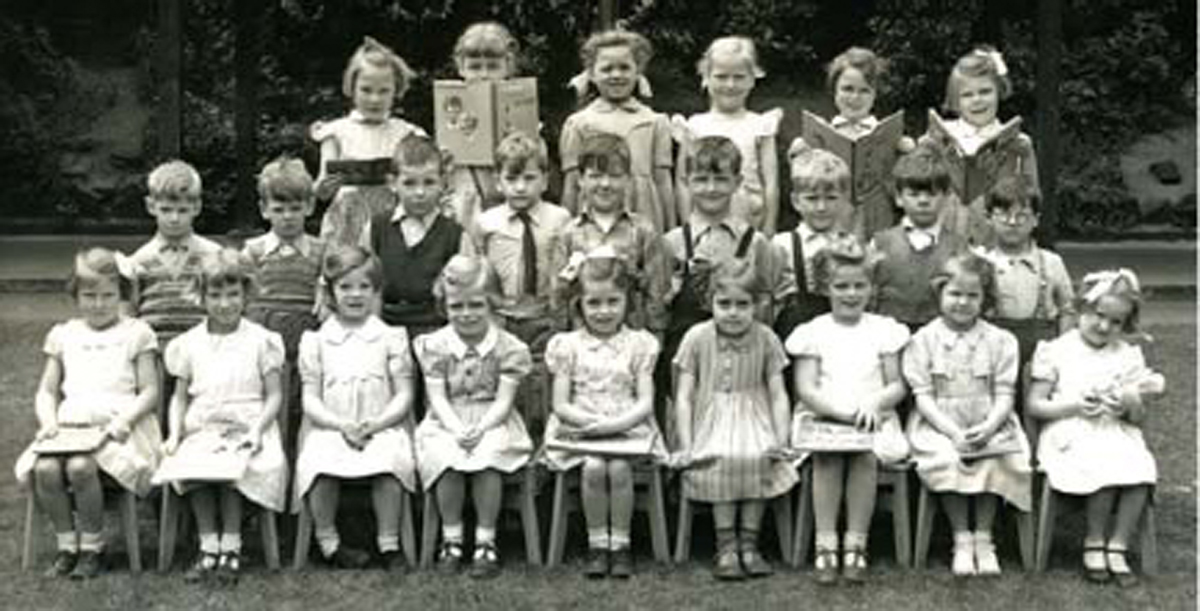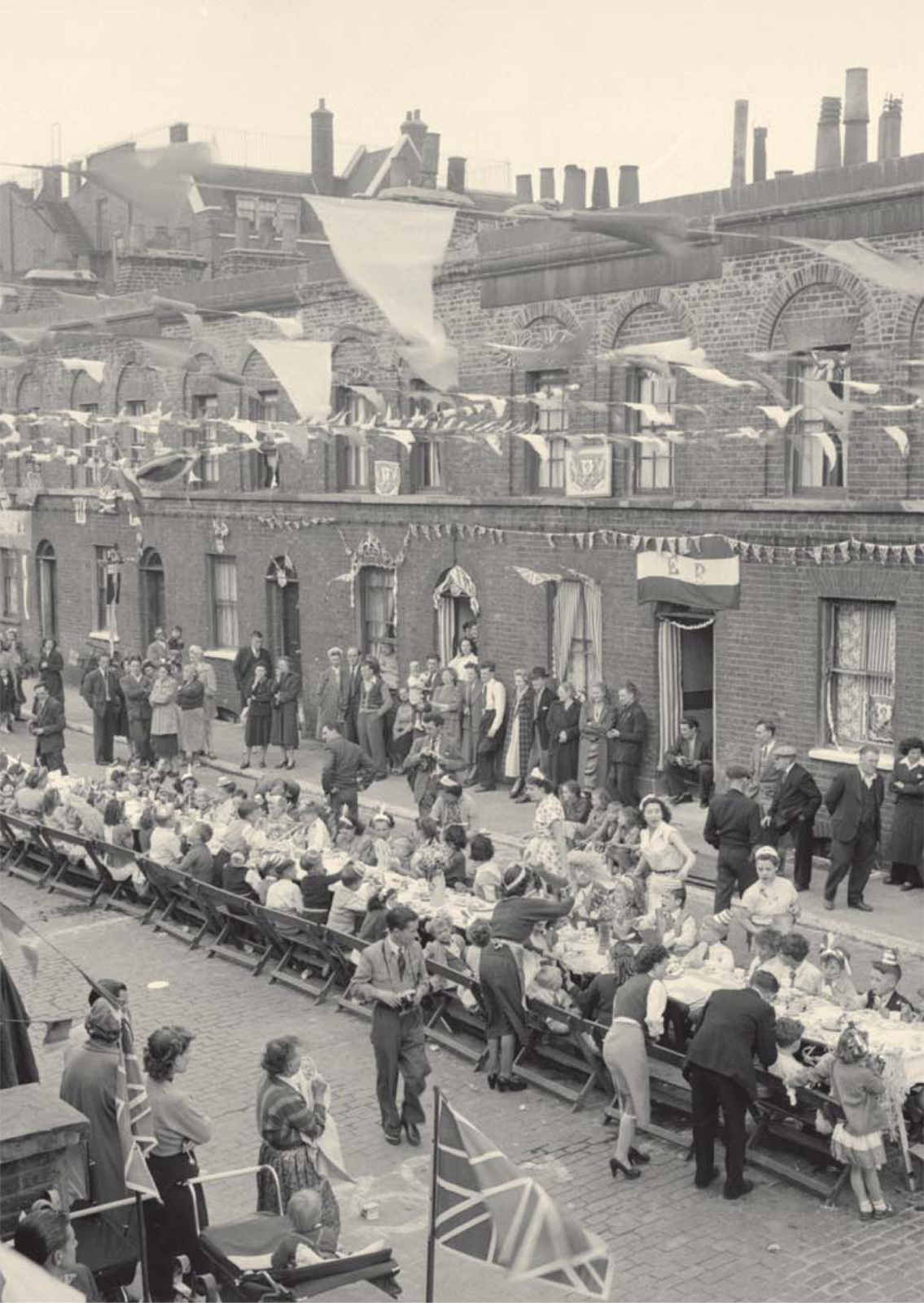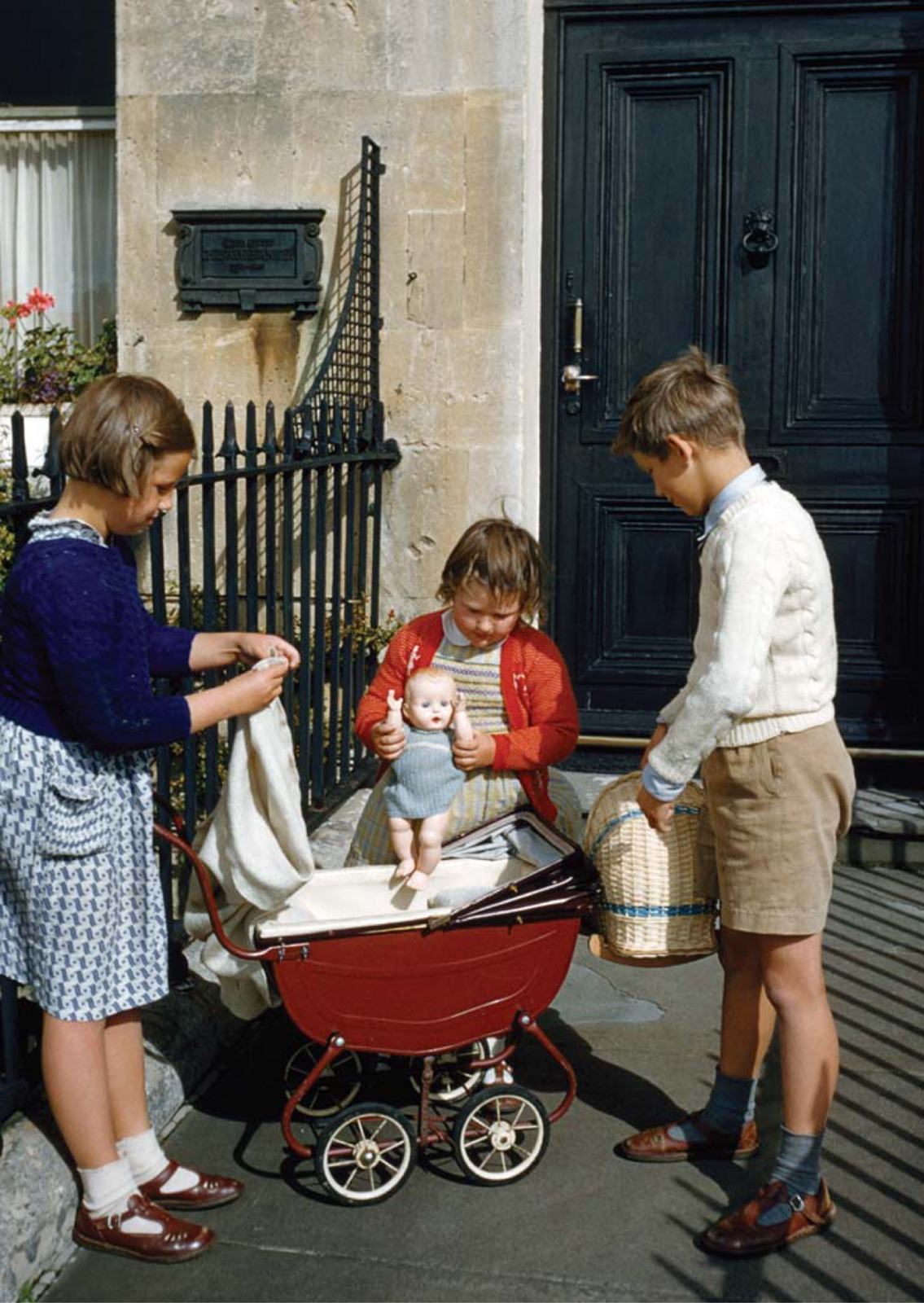1950 S CHILDHOOD
Janet Shepherd & John Shepherd
SHIRE PUBLICATIONS
CONTENTS
Cockneys Own Party, Morpeth Street, in Londons East End, held to celebrate the Coronation of Elizabeth II, 1953.
INTRODUCTION: FROM AUSTERITY TO AFFLUENCE
T HE FORTUNATE GENERATION born after the Second World War, between 1946 and 1960, are now often identified as the baby-boomers, because birth rates soared as men returned from the armed forces to civilian life (a similar phenomenon had previously occurred after the First World War, with a hike in the birth rate that reached a peak in 1920). This generation, which is reaching retirement age in the second decade of the twenty-first century, is a feature of most western democracies and comprised about a quarter of the British population in 2013. Its best-known members include the pop stars Mick Jagger, Rod Stewart and Elton John, the politicians Edwina Currie, Tony Blair and Gordon Brown, the actress Maureen Lipman, the journalists Jon Snow, Melanie Phillips and Bel Mooney, and many other household names.
This book explores the lives of this generation of children, who constituted a massive rise in the United Kingdom population, and who grew up during some of the most interesting years in post-war Britain the 1950s. It examines their health, homes, schooling, consumer habits and leisure pursuits as the decade progressed.
The 1950s, between the wartime 1940s and the permissive 1960s, was a time of change as well as some continuity. Early post-war austerity gradually turned into the affluence of the decades later years, based on full employment, welfare state services and relative prosperity as mass consumer goods became increasingly available. By 1957 the mood of the nation was captured in Harold Macmillans words: Most of our people have never had it so good.
Demographic forecasts in the 1930s had visualised Britain moving towards a static, or even declining, population. However, after the advent of the Second World War, there was a sudden surge in the birth rate, and these predictions proved inaccurate.
The first boost occurred after soldiers returned on leave in 19423, followed by another increase at the end of the war, with births rising to a peak of over a million per annum by 1947. Other factors contributing to a post-war baby boom included the extra allowances for soldiers with families, womens increased ability to support children financially due to increased wartime employment, and the opening of more pre-school nurseries.
The 1950s baby-boomers have been depicted as uniquely healthier and wealthier, and more privileged than earlier or later generations. During more recent difficult economic times, they often feature as the subject of public debate over, for example, the provision of state pensions. This was the first National Health Service generation, nurtured from birth with a welfare state providing free orange juice, milk and cod-liver oil to safeguard their health. At the start of the 1950s it was still a post-war world, with rationing and queues for basic food. Sugar, butter, cheese, margarine, cooking fat, bacon and tea were all still rationed. A final item, meat, did not come off ration until 4 July 1954. Memories of these years included home-made dresses, the lack of refrigerators, cold rooms and smelly paraffin heaters.
The broadcaster and writer Melvyn Bragg, eleven in 1950, thought respectability and aspiration underpinned the decade. Traditional family values dominated: male breadwinners, full-time stay at home married housewives, and 2.4 children. In 1952 the psychoanalyst John Bowlby wrote a News Chronicle article titled, The mother who stays at home gives her children a better chance. Francis Beckett, commenting on the early 1950s, wrote: it was illegal to buy Lady Chatterleys Lover, to get an abortion, to have a homosexual relationship, or stage a play without first obtaining permission from the Lord Chamberlain.
However, such was the relief after the war years that the nation was very ready to celebrate events such as the 1951 Festival of Britain and the 1953 ascent of Mount Everest. Most notably, people came out onto the streets in their thousands for the coronation of Elizabeth II. Even more watched the event on the new medium of television. Television, perhaps more than anything else, revolutionised home life in the late 1950s, bringing recreation and entertainment into peoples living rooms.
The post-war era placed a high importance on child welfare. Children were the future; it was to them the new welfare state was devoted. The critical importance of the family as the indispensable framework for a childs development was also recognised. Schooling for most was dominated by the Eleven Plus exam. The term meritocracy coined by the sociologist Michael Young in 1958 to mean IQ (Intelligence Quotient) + Effort = Merit was very relevant in a decade obsessed with test-scores and qualifications.
Americanisation gradually crept into many aspects of British life. The concept of the teenager was created as youngsters embraced the new culture from across the Atlantic, centred on teddy boys and rock and roll, with its new stars such as Bill Haley and Elvis Presley.
An adults ration book for 19534, issued by the Ministry of Food, for eggs, fats, cheese, bacon, sugar, tea and sweets.
By the later 1950s, with full employment and comprehensive welfare provision, working-class living standards steadily rose. The middle classes increasingly monopolised suburbia and, although the aristocracy had suffered financially, they still owned 50 per cent of the land. Although class divisions remained very evident, alongside growing racial tensions, life for most people began to improve as the decade progressed. Average weekly earnings rose by 34 per cent between 1955 and 1960, while most consumer items fell in price. The mantra Buy, buy, buy at the end of the decade heralded the start of a burgeoning consumer age, and in the fast-developing world of popular music a baby-boomer group, the Beatles, was about to make its mark.
Children playing outside a house in Royal Crescent, Bath, c. 1955.
FAMILY LIFE
On winter mornings, I would reluctantly push my feet out of bed on to the cold linoleum floor, gingerly rub a circle in the lacy ice patterns that had formed inside the window pane, and peer out. Then, I would dress as fast as possible and hurtle downstairs to the only warm place the kitchen.
F OR MANY CHILDREN , growing up in the 1950s meant living in a nuclear family, with two married parents and one or two siblings, where fathers went out to work and mothers were at home. This was certainly the conventional family unit, regularly portrayed in newspapers and magazines, on radio and, later, the new medium of television.

